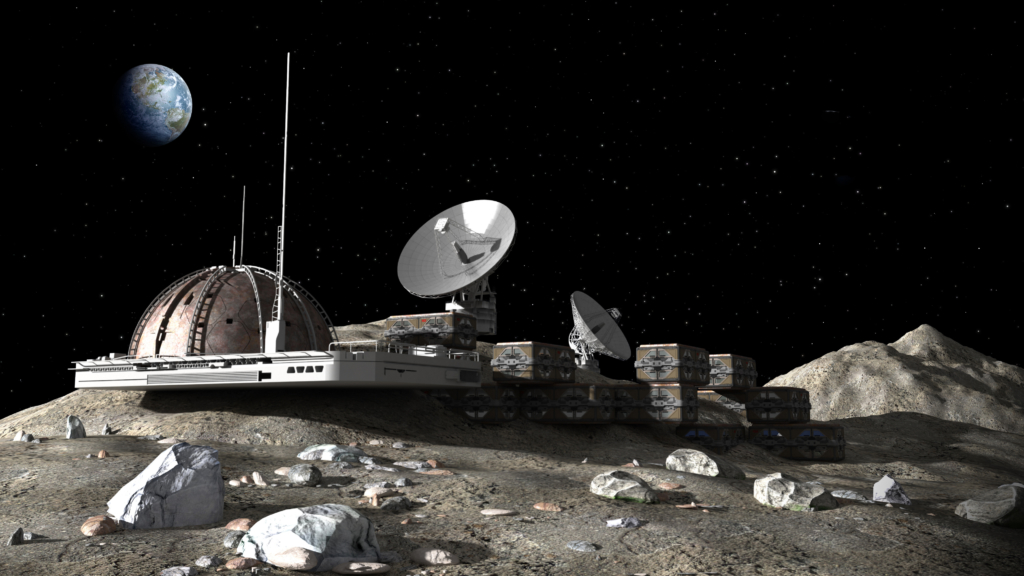
Why we need nuclear power in space
Solar panels on space craft and satellites use energy from the sun to provide power. They are used in locations facing the sun and as far out as Jupiter’s orbit, but deeper into space or in regions of shadow, solar radiation is too weak to produce the required power. This is where radioisotope power systems (RPS), or “space batteries” come into play.
In addition, the space industry sees the potential need for micro or very small nuclear reactors to power space craft and surface equipment. There are exciting new developments in nuclear reactor technology. Existing technology for small reactors, such as those used in submarines, generally use pressure water reactors that rely on water as a coolant – not an option in space. Our reactor physicists are working on the next generation of gas-cooled reactors that may become the future of space power. Nuclear reactors for space will need the next generation of fuel, inherently safe and used in gas-cooled, rather than water-cooled reactors. Just one load of fuel will provide power for around 60 years without refuelling. Our scientists are already producing laboratory-scale amounts of this fuel. NNL is at the forefront of this innovation for the UK.
